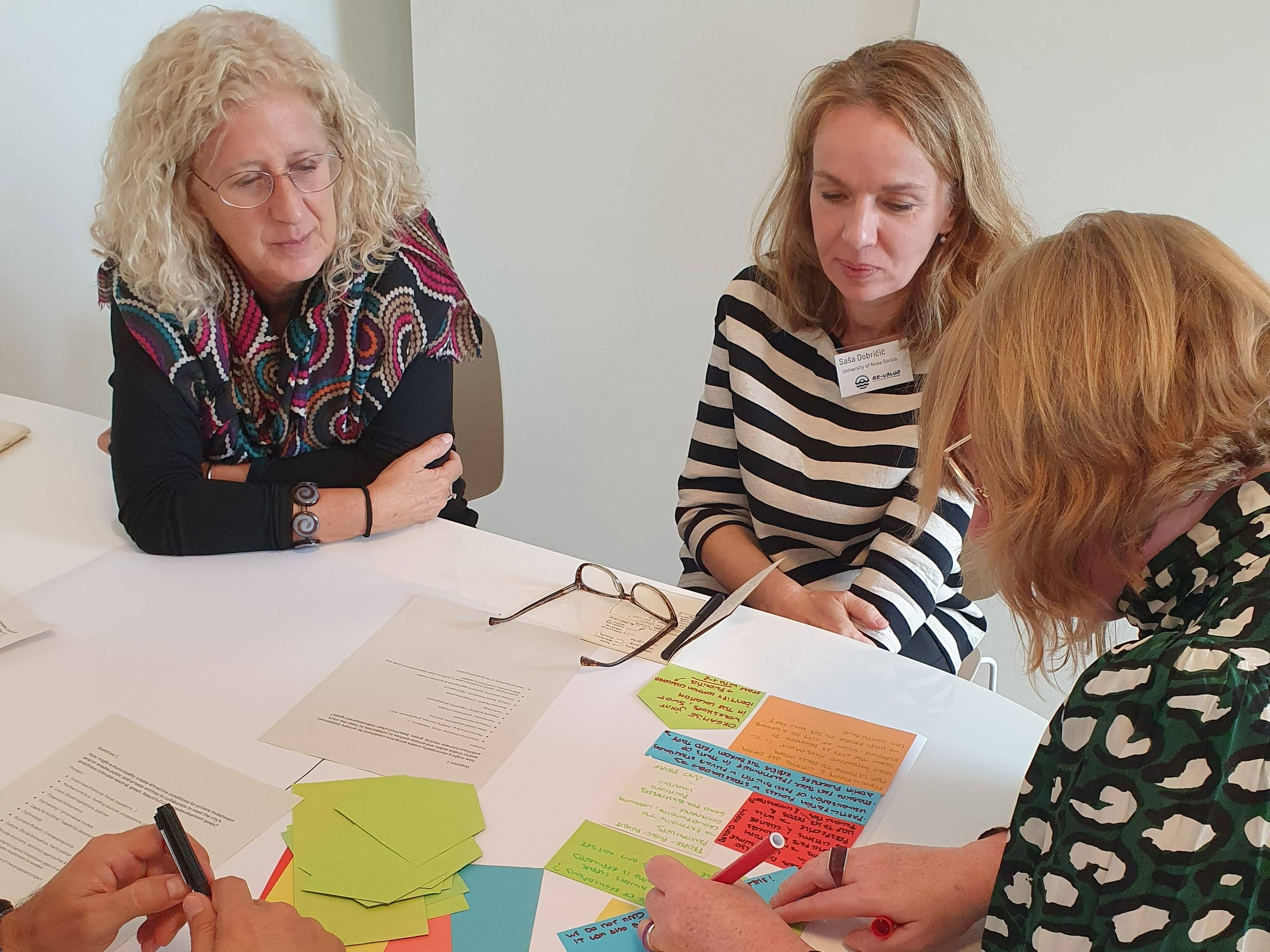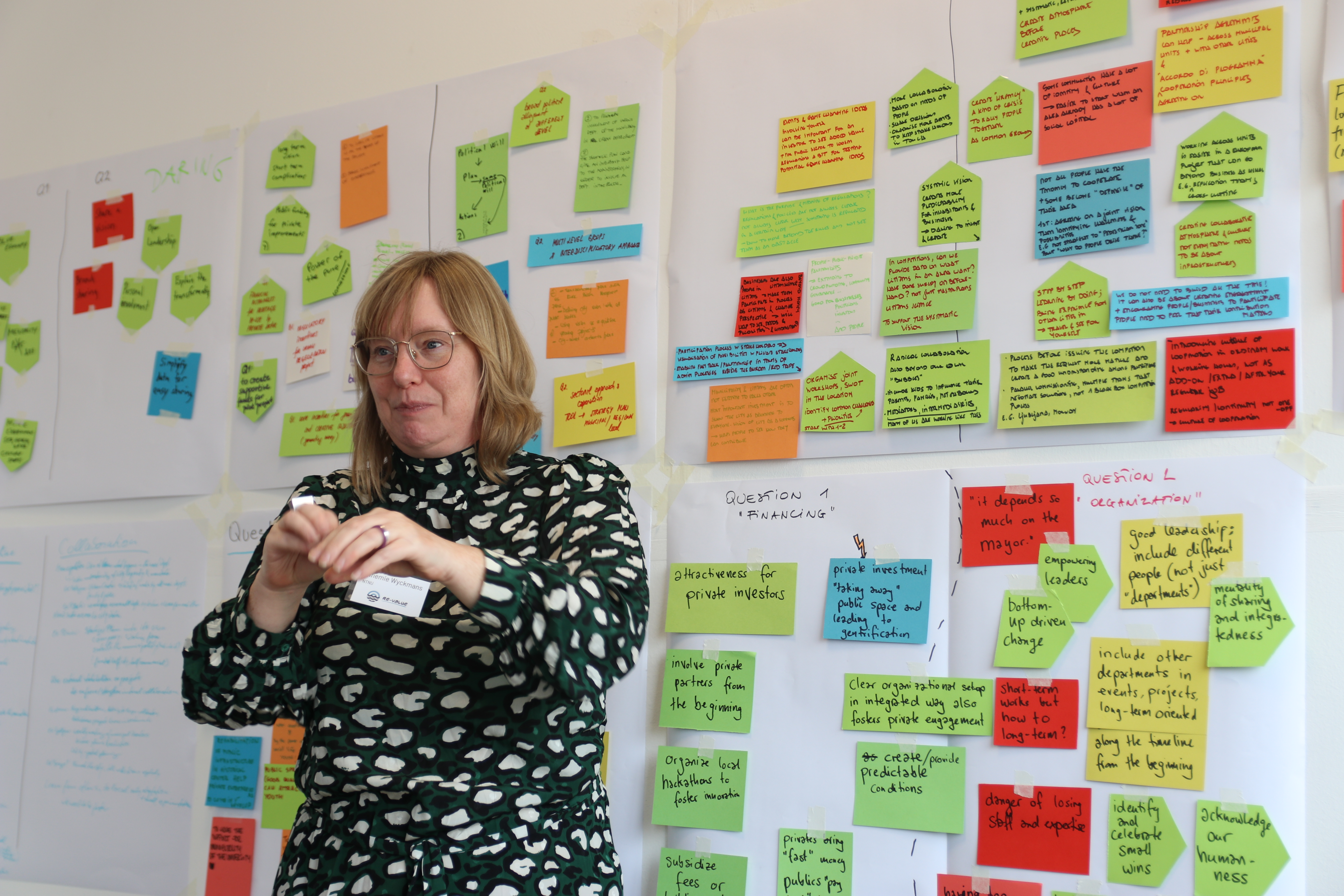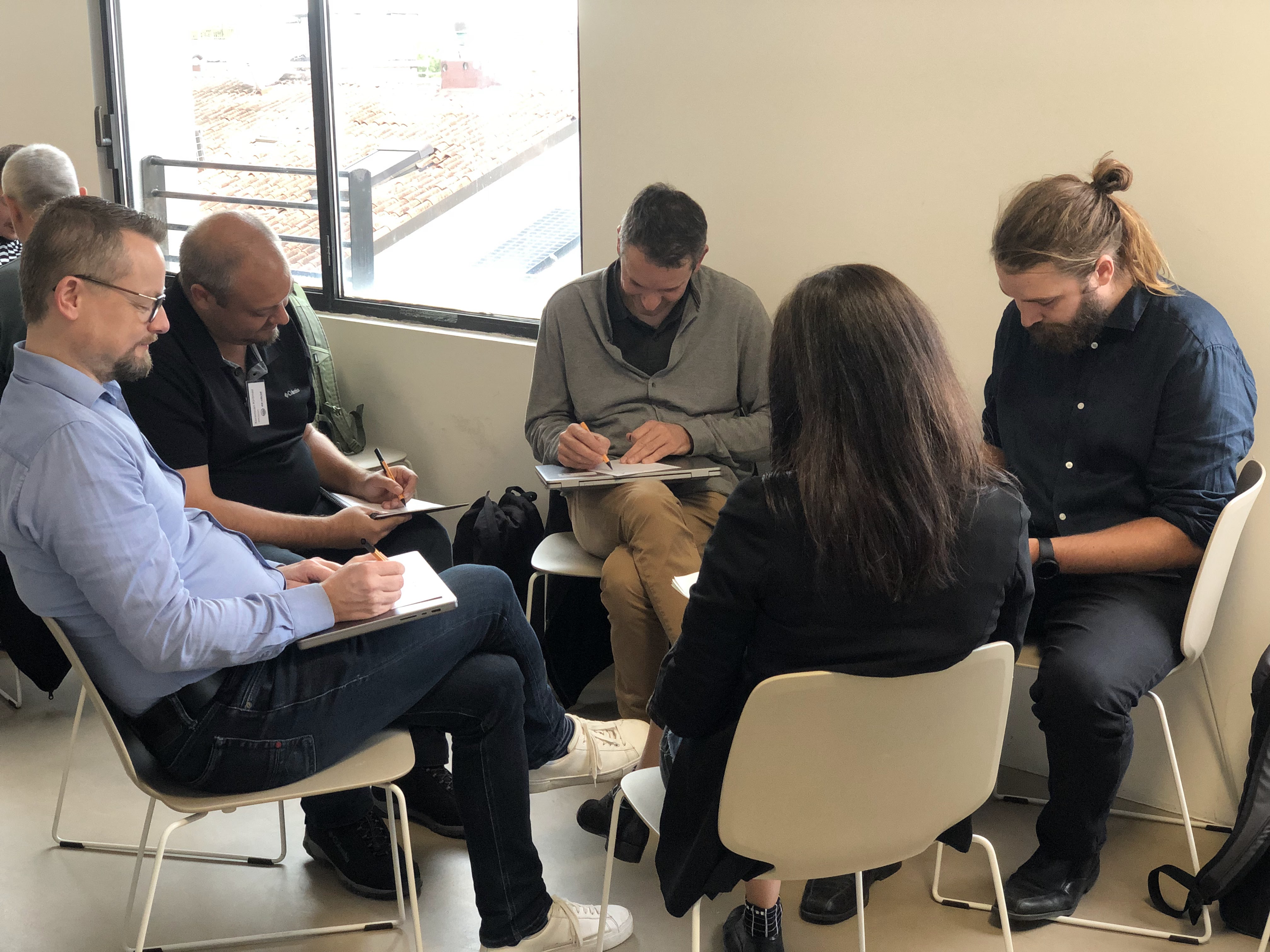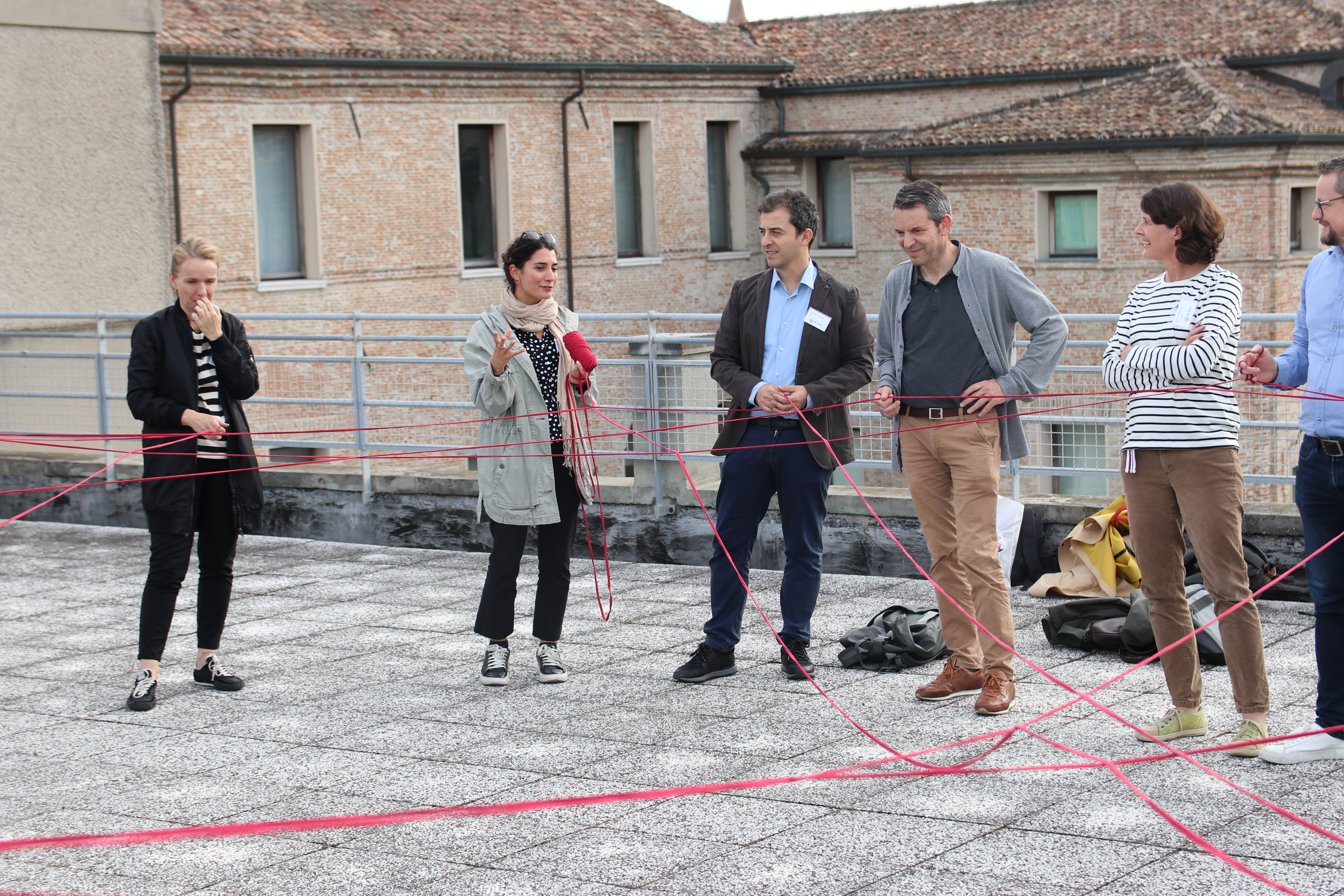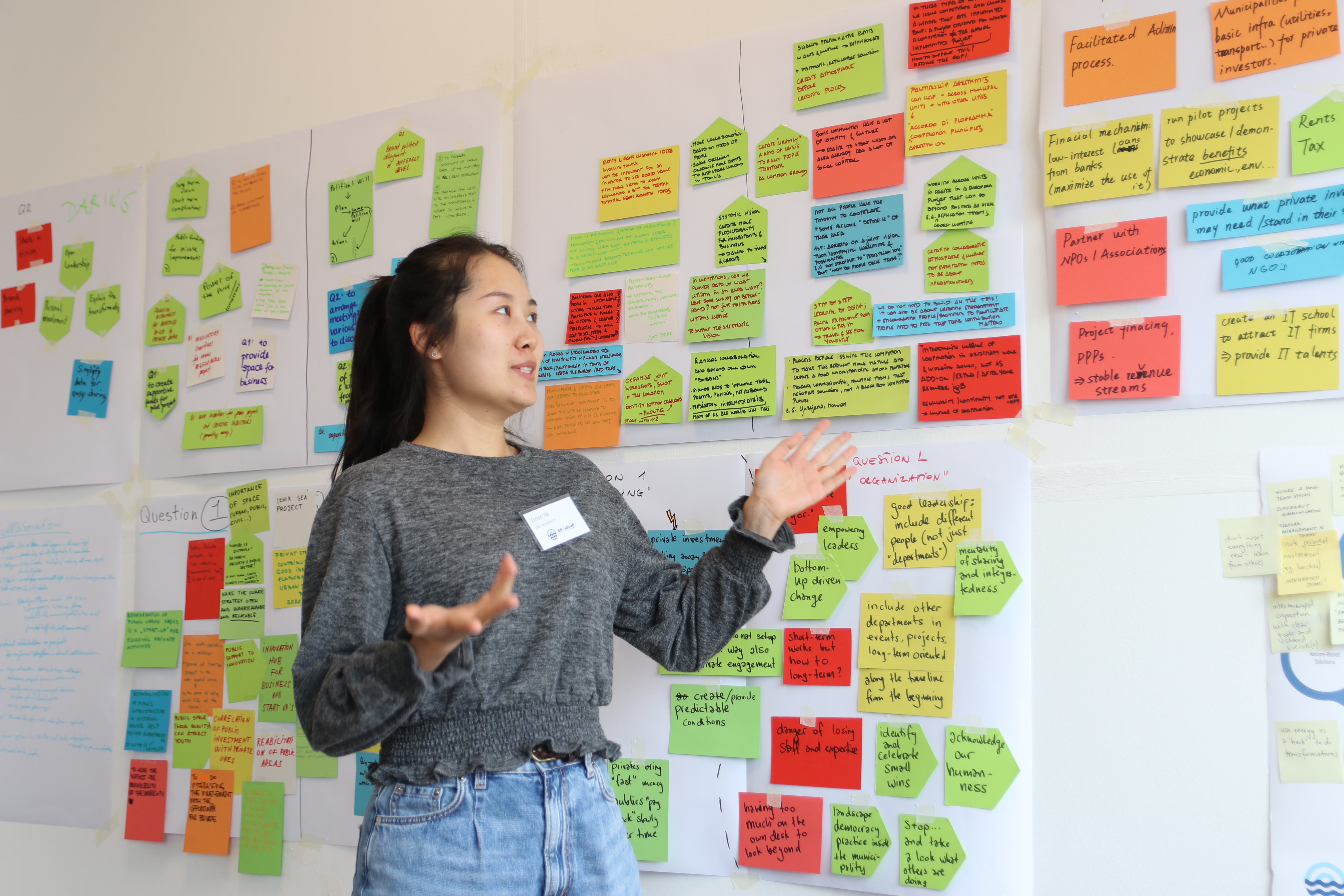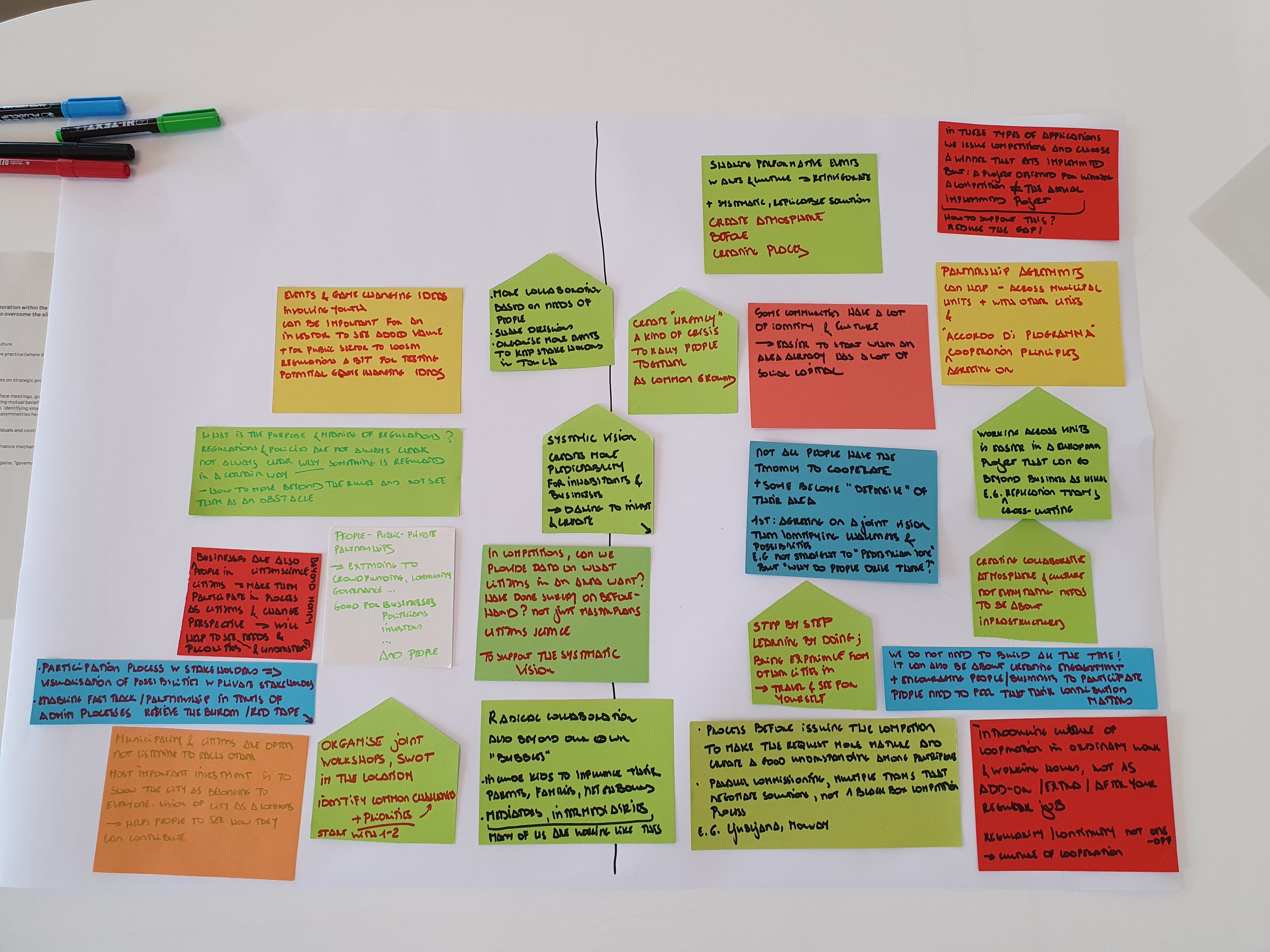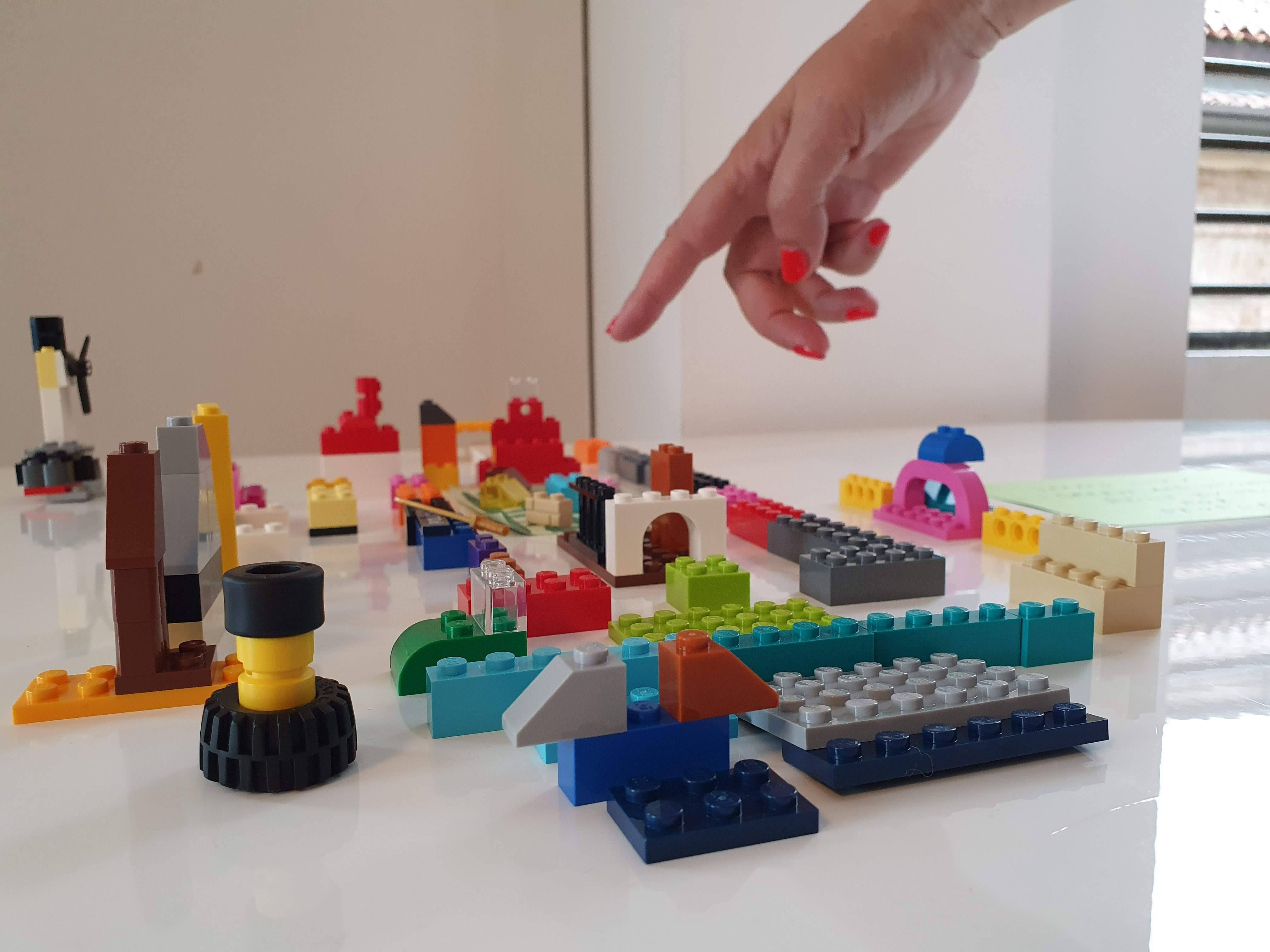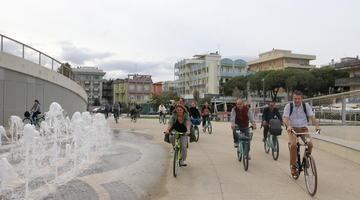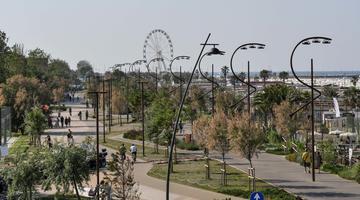Re-inventing Rimini: From Urban Challenges to Sustainable Solutions
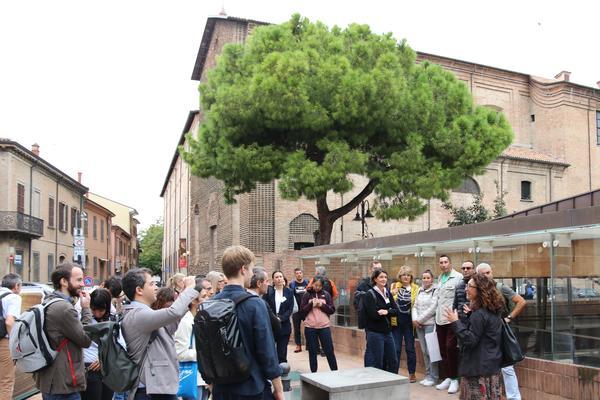
On October 16-18, 2023, the Re-Value partnership was hosted by the City of Rimini for a study visit to exchange on the city's successful comprehensive strategic planning efforts, radical urban interventions, and its challenges to sustainably integrate its past, present, and future.
In the 1980s, the term "Riminizzare" entered the Italian vocabulary to describe the "wild cementing or excessive tourist exploitation of a place, leading to environmental and landscape degradation." Unchecked auto-oriented development along Rimini’s 15-kilometres of sandy beachfront cemented its status as a popular mass tourism destination, but - in retrospect - at the expense of the city's other tourism offers, the environment, and local residents’ quality of life.
However, as witnessed by the participants joining the Rimini Re-Value study visit, "Riminizzare" is no longer part of the city’s vocabulary. The city still offers affordable tourist accommodation and attractions along the beachfront, but it has clearly entered a new era of radical urban regeneration that blends history and culture, thoughtful, high-quality design, sustainable mobility options, and urban greening / nature-based solutions with the strategic aim to elevate its quality of life and ensure a viable future for residents and visitors alike.
Valentina Ridolfi, Senior Manager at Rimini’s Strategic Plan Foundation, introduced the study visit participants to Rimini’s rich historical background and modern strategic planning approach, which deliberately pivoted Rimini’s touristic offer from a solely seasonal mass-tourism destination, to focusing on (and heavily investing in) its tangible cultural goods (particularly from the Roman and Renaissance eras), year-round arts, culture, and trade offerings, climate mitigation and adaptation strategies in anticipation of sea-level rise and excessive heat, and high-quality urban spaces that provide safe, affordable, and attractive wellness opportunities for everyone. Ms. Ridolfi stressed the critical importance of multi-level / multi-stakeholder governance and engaging with the community to ensure that the strategic vision and work is successfully carried across election cycles. Find the presentation on Rimini's past, present and future strategic work here.
Study visit participants then had two opportunities to “hit the cobbles” to explore Rimini’s city centre to see and learn more about its recent success stories, such as Castel Sismondo, which transformed a neglected Renaissance castle surrounded by surface parking lots, into a beautiful museum and urban plaza that honours the city's renowned figure, Federico Fellini. The area surrounding the city’s ancient Tiberius bridge also underwent a significant transformation, evolving from a neglected, dried-up riverbed into an urban park.
Parco del Mare
Participants also spent an afternoon touring Rimini’s celebrated waterfront, including the new Parco del Mare, a pedestrianised linear park that replaced the former traffic-heavy road and surface parking lots that disconnected the city from the sea. However, the Parco del mare is more than just a new recreational amenity; this ambitious infrastructure project is also a new storm/wastewater storage facility, protective sea barrier, climate mitigation strategy, and renaturing model.
Study visit participants then had two opportunities to “hit the cobbles” to explore Rimini’s city centre to see and learn more about its recent success stories, such as Castel Sismondo, which transformed a neglected Renaissance castle surrounded by surface parking lots, into a beautiful museum and urban plaza that honours the city's renowned figure, Federico Fellini. The area surrounding the city’s ancient Tiberius bridge also underwent a significant transformation, evolving from a neglected, dried-up riverbed into an urban park.
Parco del Mare
Participants also spent an afternoon touring Rimini’s celebrated waterfront, including the new Parco del Mare, a pedestrianised linear park that replaced the former traffic-heavy road and surface parking lots that disconnected the city from the sea. However, the Parco del mare is more than just a new recreational amenity; this ambitious infrastructure project is also a new storm/wastewater treatment and conveyance system, protective sea barrier, climate mitigation strategy, and renaturing model.
The new wastewater facility and support infrastructure was identified as part of the multi-stakeholder ‘safe-bathing plan’ and supported by locals, to safeguard marine environments by radically reducing the number of combined stormwater/wastewater overflow events into the sea and protecting the integrity of their most precious resource. The City took the opportunity to layer innovation into the project, transforming what would have been a large-scale engineering project into an exemplary model of integrated sustainable urban design and place-making. This concept is best illustrated at the Piazzale Kennedy - hidden in plain view - where a large storm/wastewater storage facility also serves as a prominent urban design node, hangout/meet-up spot, promenade overlook, and public beach access point on the Parco del mare.
The Parco del mare is ultimately expected to expand along all 15 kilometres of Rimini’s beachfront, providing safe year-round access and recreation opportunities in the years to come. The first sections have already been completed, with several more funded and in progress. Re-Value will support the City of Rimini as they explore how to extend the Parco del mare to its northern waterfront neighbourhood, San Giuliano.
The San Giuliano neighbourhood, characterised by smaller, family-run hotels, parks, and residential areas, has access to a short sandy beach (Lido San Giuliano) and the Rimini Marina. Sandwiched between the Rimini Canal / Marina and the Marecchia River, north-south connectivity - particularly for bicyclists and pedestrians - is one of the area’s biggest challenges. During the study visit, enthusiastic locals from the community initiative Green Format welcomed the participants to Giardino BIMBY (Best In My Back Yard), an abandoned-lot-turned-community-space in front of the former Hotel Delle Nazioni, and a musical performance, “Sounds of the Sea”, by Fabio Mina and Emiliano Battistini. The local musicians live-mixed their recordings of nature from abandoned spaces with mechanical noise pollution from industry, people at the beach, and live instrumental samples to produce an entrancing auditory expression of our modern relationship with nature.
Workshops on Re-Valu(ing) Rimini
With a strong understanding of Rimini, its challenges, and the surrounding areas, the study visit participants spent day two and three focusing on the remaining obstacles that Rimini must overcome to realise its strategic plans.
Discussions on finance and cooperation with stakeholders took centre stage as participants deliberated on creating conditions for businesses to support local ambitions, establishing better connections with finance, and determining the value of the beachfront, among other topics. Engaging through various means, such as group drawings and regular post-it discussions, as well as co-creating 'dream-cities' with Lego, these conversations will help lay the groundwork for future work in Rimini and Re-Value
Photos from the workshops.
Publishing date:
Related events
Related multimedia
Related Cities

The sole responsibility for the content of this website lies with the project and in no way reflects the views of the European Union.


